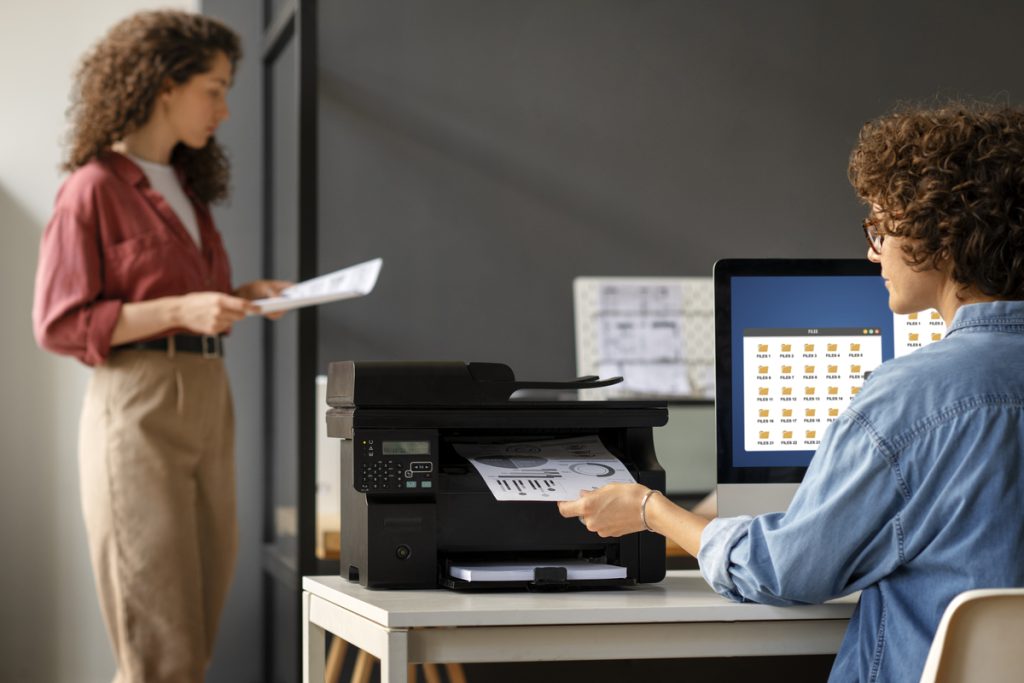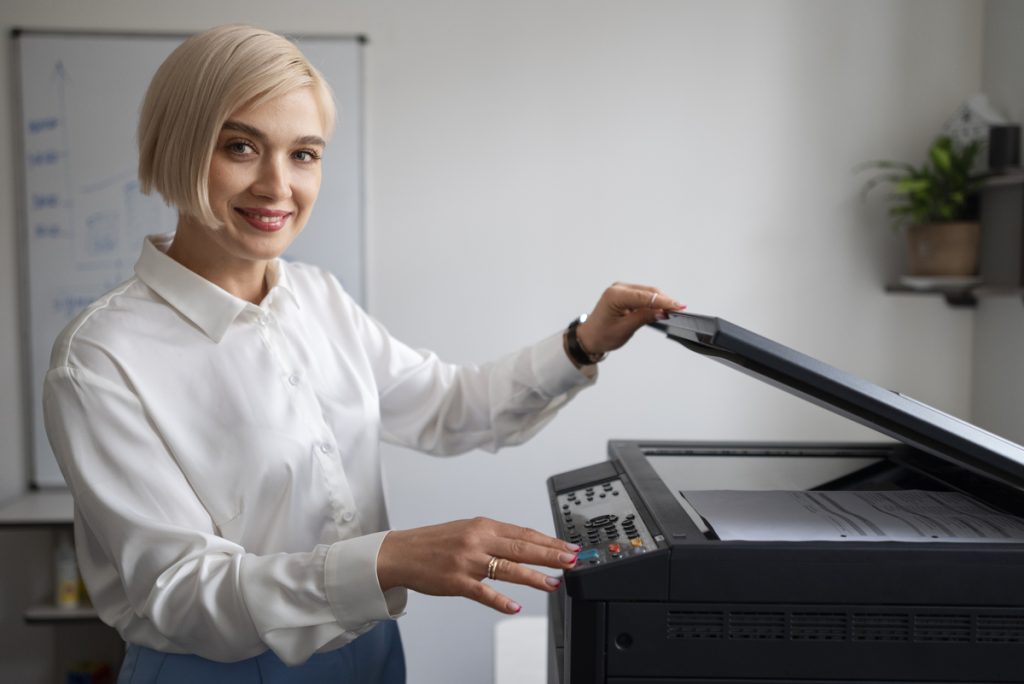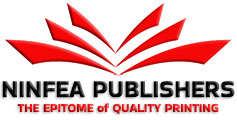Introduction
Professional Printing- When it comes to bringing your printing projects to life, one of the crucial decisions you’ll face is whether to hire a professional printer or embark on a do-it-yourself (DIY) approach. Both options have their merits and considerations, and understanding the factors involved can help you make an informed choice.
Hiring a professional printer offers numerous advantages. These experts possess the knowledge, experience, and specialized equipment necessary to deliver high-quality results. With their expertise in printing techniques, color management, and paper selection, they can ensure that your materials look polished and professional. Professional printers also offer a range of finishing options, such as embossing, foil stamping, and binding, to add a touch of sophistication to your printed products. Furthermore, working with a printer saves you time and effort, as they handle the entire printing process from pre-press to post-production, allowing you to focus on other aspects of your project.
On the other hand, opting for a DIY approach provides a level of control and flexibility. With the advancements in home printing technology, you can produce basic printouts, especially for small-scale projects or personal use. DIY printing also allows for experimentation and quick iterations, as you have the ability to make adjustments on the spot. Moreover, it can be cost-effective, especially for low-volume or one-time printing needs, as you eliminate the markups associated with professional printing services.
In this comprehensive guide, we will explore the pros and cons of hiring a professional printer versus taking the DIY route. We will delve into factors such as cost considerations, quality expectations, project complexity, and time constraints. By examining these aspects, you will gain a clearer understanding of which option aligns best with your specific printing needs and budget. Whether you choose to outsource your printing to a professional or embark on a DIY adventure, this guide will equip you with the necessary insights to make an informed decision and achieve the best possible results for your printing projects.
What are the cost implications of hiring a professional printer?
Hiring a professional printer entails certain cost implications that should be taken into account when considering this option. While the exact expenses can vary depending on the specific project and the printing service provider, there are some general factors to consider.
First and foremost, professional printers typically charge for their services, which include not only the printing itself but also the expertise, equipment, and materials they bring to the table. The pricing structure can vary, with some printers charging a flat fee per project or an hourly rate for their time and expertise. Additionally, there may be additional costs associated with specialized services such as graphic design, file preparation, or finishing options like binding or laminating.
Furthermore, professional printing often involves higher-quality materials and advanced printing technologies, resulting in superior output. These enhanced materials and technologies can come at a higher price compared to standard home or office printers. Depending on the project’s scope, the cost of materials alone can be significant, especially when producing large quantities or using premium paper stocks and inks.
Another aspect to consider is the potential for economies of scale. Professional printers often offer bulk discounts or reduced rates for larger print runs. If you have a substantial printing volume, it may be more cost-effective to hire a professional printer rather than investing in the necessary equipment and supplies for a DIY approach.

How does the quality of professional printing compare to DIY?
The quality of professional printing generally surpasses what can be achieved through a do-it-yourself (DIY) approach. Professional printers have access to advanced equipment, specialized techniques, and a wealth of experience that contribute to superior results. One key aspect is the use of high-quality materials and inks, which can significantly impact the final output. Professional printers often have access to a wide range of paper stocks, finishes, and ink options, allowing for precise color reproduction, sharp details, and professional-grade finishes.
They utilize commercial-grade printers capable of producing high-resolution prints with consistent color calibration. These printers are designed to handle large-scale printing projects efficiently, ensuring that each print maintains the same level of quality throughout the run. In contrast, many consumer-grade printers used in DIY printing may struggle to achieve the same level of precision, resulting in variations in color, sharpness, and overall print quality.
Professional printers also possess extensive knowledge and expertise in print production. They understand the intricacies of file preparation, color management, and print optimization, allowing them to achieve the best possible results. They can provide valuable guidance on design considerations, ensuring that artwork is optimized for printing and minimizing the risk of common issues such as pixelation or color distortion.
While DIY printing can be suitable for certain projects or individuals with limited needs, it often falls short in terms of professional quality. DIY printers typically have limitations in terms of resolution, color accuracy, and print size options. Additionally, DIY printing may lack the attention to detail and consistency that professional printers can provide.
What factors should be considered when deciding between hiring a printer or DIY?
When deciding between hiring a professional printer or opting for a do-it-yourself (DIY) approach, several factors should be considered to make an informed choice. First and foremost, project complexity and scope play a crucial role. Professional printers are well-equipped to handle complex printing projects that require specialized techniques, equipment, or materials. If your project involves intricate designs, high-quality finishes, or large print runs, hiring a professional printer may be the better option to ensure optimal results.
DIY printing may initially seem more cost-effective, especially for smaller-scale or one-time projects. However, it’s important to consider the indirect costs of DIY, such as investing in equipment, materials, and ongoing maintenance or supply expenses. Conducting a cost analysis comparing the long-term expenses of DIY versus the upfront cost of hiring a professional printer is crucial for making an informed decision.
Time is also a critical factor. DIY printing can be time-consuming, especially if you have limited experience or need to troubleshoot technical issues. Professional printers offer efficiency and expertise, which can save valuable time and ensure timely project completion. If time is a constraint or if you have tight deadlines to meet, hiring a professional printer may provide a more streamlined and reliable solution.

Are there any time-saving benefits to hiring a professional printer?
Yes, hiring a professional printer offers several time-saving benefits compared to a do-it-yourself (DIY) approach. Professional printers are equipped with the expertise, specialized equipment, and efficient processes necessary to streamline the printing workflow. One significant time-saving advantage is their ability to handle large-scale printing projects with ease. They have high-capacity printers capable of producing multiple copies or large print runs in a fraction of the time it would take with a consumer-grade printer. This is particularly beneficial for businesses or individuals who require bulk printing for marketing materials, promotional items, or event materials.
They can quickly assess and optimize digital files to ensure they are print-ready, reducing the need for trial and error or time-consuming troubleshooting. They can also advise on color management, ensuring accurate color reproduction across different materials and print formats.
Collaborating with a professional printer also eliminates the need for time-consuming tasks such as sourcing materials, preparing printing plates, or managing ink and supplies. Professional printers have established relationships with suppliers and access to a wide range of quality materials, saving you the effort and time required to research and procure them yourself.
What expertise and specialized equipment do professional printers offer?
One key aspect of their expertise lies in their deep understanding of print production processes. They possess extensive knowledge of file preparation, color management, and print optimization, ensuring that digital files are ready for printing and that the final prints accurately reflect the intended design. Their expertise allows them to address potential issues, such as color inconsistencies or resolution problems, and provide recommendations to optimize the print quality.
They can accommodate different paper weights and finishes, ensuring a wide range of options for clients.This specialized equipment enables them to cater to diverse printing needs and produce prints that meet specific requirements.
Regular calibration and maintenance procedures help maintain the accuracy of color reproduction, sharpness, and overall print quality. They also stay updated with the latest advancements in printing technology, allowing them to offer cutting-edge solutions and deliver prints of the highest standard.
Beyond expertise and equipment, professional printers often have a dedicated team with extensive experience in the field. They understand the nuances of different printing techniques, finishes, and materials, providing valuable insights and recommendations to clients. Their expertise extends beyond printing itself and encompasses knowledge of graphic design, layout, and print marketing strategies, allowing them to assist clients in achieving their desired outcomes.

Can a DIY approach achieve the same level of professionalism?
While a DIY approach to printing can yield satisfactory results, it may not always achieve the same level of professionalism as hiring a professional printer. One of the main challenges with DIY printing is the limitations of consumer-grade printers and materials. DIY printers often have lower resolution capabilities, resulting in prints that may lack the crispness and detail achieved by commercial-grade printers. Moreover, the color accuracy and consistency of DIY prints can be compromised due to the limitations of consumer printers’ color management systems.
DIY printing may be limited to standard paper stocks, which may not offer the same level of durability, texture, or visual impact as specialty papers used by professionals. Finishing options such as lamination, embossing, or foiling, which can enhance the professional look and feel of printed materials, are often beyond the capabilities of DIY setups.
Another factor to consider is the expertise required for achieving professional results. Professional printers possess extensive knowledge and experience in file preparation, color calibration, and print optimization. They understand the technical aspects of print production and can make adjustments to ensure optimal output. DIY printers may lack this expertise, leading to challenges in achieving consistent color reproduction, proper alignment, or accurate trimming.
What are the potential risks or challenges associated with DIY printing?
DIY printing comes with certain risks and challenges that should be considered before embarking on the process. This can result in prints that lack sharpness, exhibit pixelation, or have inconsistent color reproduction. Achieving professional-level quality and consistency can be challenging without the specialized equipment and expertise of professional printers.
Another challenge is the need for technical knowledge and skills. DIY printing requires familiarity with file formats, color management, and printer settings. Incorrect file preparation or improper color calibration can lead to poor print results. Understanding the technical aspects of printing, such as bleed, margins, and print specifications, is essential to ensure accurate and professional-looking prints. The learning curve associated with DIY printing can be time-consuming and may involve trial and error, leading to wasted resources and frustration.
Cost is another consideration. While DIY printing may appear cost-effective initially, it’s important to factor in the indirect expenses. These include the cost of ink, paper, maintenance, and potential reprints due to errors or unsatisfactory results. Over time, these expenses can accumulate and surpass the initial investment required for hiring a professional printer.

How can one determine if hiring a professional printer is worth it?
Determining whether hiring a professional printer is worth it involves considering several key factors. Firstly, assess the complexity and scope of the printing project. Professional printers excel in handling intricate designs, large print runs, or projects that require specialized techniques and finishes. If your project falls into these categories, the expertise and capabilities of professional printers may be invaluable in achieving the desired results.
Budget considerations are also important. While professional printing services come with a cost, it’s crucial to evaluate the overall expenses of DIY printing. Calculate the costs of equipment, materials, ongoing maintenance, and potential reprints or wasted resources. Compare this with the pricing provided by professional printers, taking into account their expertise, access to premium materials, and efficiency. Conducting a cost analysis will help determine the most cost-effective option.
Time is another significant factor. Hiring a professional printer can save valuable time, especially for large-scale projects or those with tight deadlines. Consider the time required for file preparation, troubleshooting, sourcing materials, and the actual printing process. Assess whether your available time and resources can meet the project’s requirements efficiently or if engaging a professional printer would offer a more streamlined and time-saving solution.
Conclusion
Hiring a professional printer offers several advantages, such as access to expertise, specialized equipment, and consistent quality results. Professionals are equipped with the knowledge and experience to handle complex printing projects efficiently, saving valuable time and resources. Additionally, they can provide guidance on materials, finishes, and design aspects, ensuring the final product meets the desired standards.
On the other hand, DIY printing can be a cost-effective option for simpler projects or individuals with limited budgets. It allows for creative control and flexibility, enabling customization and experimentation. DIY printing can also be suitable for small-scale or one-time printing needs where outsourcing may not be practical or economical.
However, it’s essential to consider the potential risks and challenges associated with DIY printing, such as limited capabilities, inconsistent quality, and the need for upfront investment in equipment and materials. DIY printing requires a certain level of technical knowledge, and mistakes can result in wasted time and resources.



